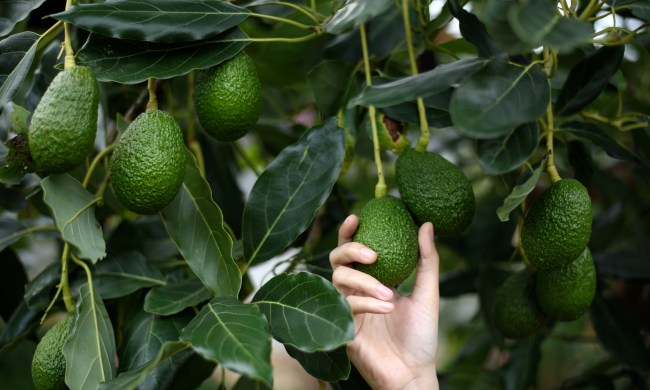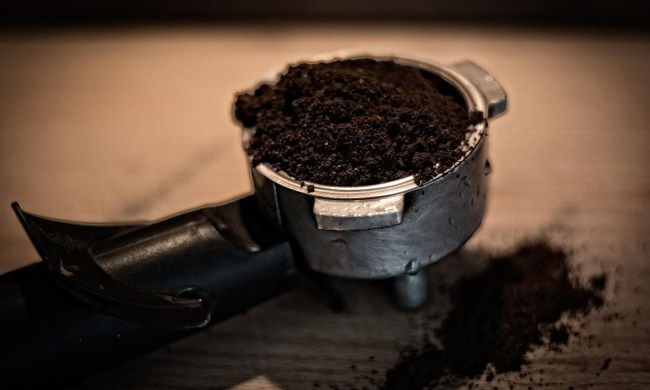Tomatoes are a popular garden vegetable, and for good reason! They’re delicious, nutritious, and incredibly versatile. There are many different types of tomatoes, all of which are best suited to different foods. One particularly popular tomato is the Roma tomato, which is bright red, on the smaller side, and an oval-shaped type. If you’re a fan of Roma tomatoes and want to add them to your garden, then this is the guide for you. Here’s everything you need to know about growing and caring for Roma tomatoes, from planting to pest control.
Planting Roma tomatoes

Whether you’re growing your Roma tomatoes in containers or in your garden, make sure you use rich and well-draining soil. Ideally, the soil should be just slightly acidic as well. If you’re starting your Roma tomatoes from seeds, plant them just under the surface, about a quarter of an inch down.
However, you should bury seedlings so that two-thirds of their stems are underground. Any leaves on the lower portion of the stem will need to be removed or kept above ground, as they will rot. If your seedling only has one set of leaves, be sure to leave them above ground. Roots will grow from the buried stem, leading to a hardier plant overall. If you’re growing them in containers, the containers will need to be quite deep.
Roma tomatoes do best in full sun, but some light shade is fine. Afternoon shade can be helpful if you live in the South, as it can protect the plant from the more intense afternoon sun and heat. Roma tomatoes tolerate shade better than many other types of tomatoes, but they still cannot grow in full shade, so make sure they get plenty of sun.
Caring for Roma tomatoes

Water your Roma tomato plants regularly. They need 1 to 2 inches of water per week in order to thrive and produce plenty of fruit. To avoid overwatering, the soil should mostly dry before you water again. Don’t get the plant wet when watering it, as water on the leaves, fruit, and stem can spread fungal spores, leading to infections.
Fertilizing your Roma tomatoes is a great way to ensure they are getting all the nutrients they need. You have a few options when it comes to fertilizers. Some gardeners prefer using a fertilizer specifically designed for tomato plants, while others prefer a high-phosphorus fertilizer. Either will work; just be careful to follow the usage instructions on the fertilizer.
Harvest time comes roughly 80 days after planting, and you can expect to harvest most of your tomatoes at one time. Roma tomatoes tend to ripen all at once, aside from a few stragglers or early birds. They will ripen after harvesting, so you can pick your tomatoes a bit early if you prefer. Allow them to ripen most of the way before harvesting for the best results. Additionally, Roma tomatoes will produce many tomatoes on a single plant, so prepare for a large harvest.
Pests and diseases

Like other tomatoes, Roma tomatoes are often the target of hornworms. These little caterpillars will eat the leaves and occasionally some of the fruit, so it’s a good idea to get rid of them when you can. During the summer, check the undersides of the leaves for hornworm eggs. The eggs are smooth and light green, so they can be hard to see. Remove the eggs if you can. If not, you can repel hornworms with insecticidal soaps, remove the mature hornworms by hand, or try attracting beneficial insects that eat hornworms with plants like marigolds and dill.
Roma tomatoes can also develop fungal infections such as leaf spot and fusarium wilt. These fungal infections can be devastating and are often difficult or impossible for the plant to recover from, so prevention is key. Avoid overwatering, and don’t get the plant wet when watering it. Early signs of fungal infections include discolored or spotted leaves, drooping stems, wilted leaves or stems, and dropped flowers.
What makes a Roma tomato different from other tomatoes?

When it comes to care, growing Roma tomatoes is not significantly different from growing other types of tomatoes. They are slightly more shade tolerant, and the fruit ripens all at once rather than over a longer period of time. The tomatoes themselves are a bit unique among tomatoes, though. They are firmer and not as juicy as other tomatoes. Roma tomatoes also tend to have thicker skins than other types of tomatoes. While this makes them less appealing for sandwiches or salads, this combination of factors makes them perfect for cooking tomato paste and other thick sauces.
Roma tomatoes are tasty and easy to grow, whether in containers or in your garden. Now that you know the basics, you can confidently add Roma tomatoes to your next vegetable garden. Since a single plant can produce an incredible amount of fruit, you’ll have tons of delicious Roma tomatoes before you know it!




